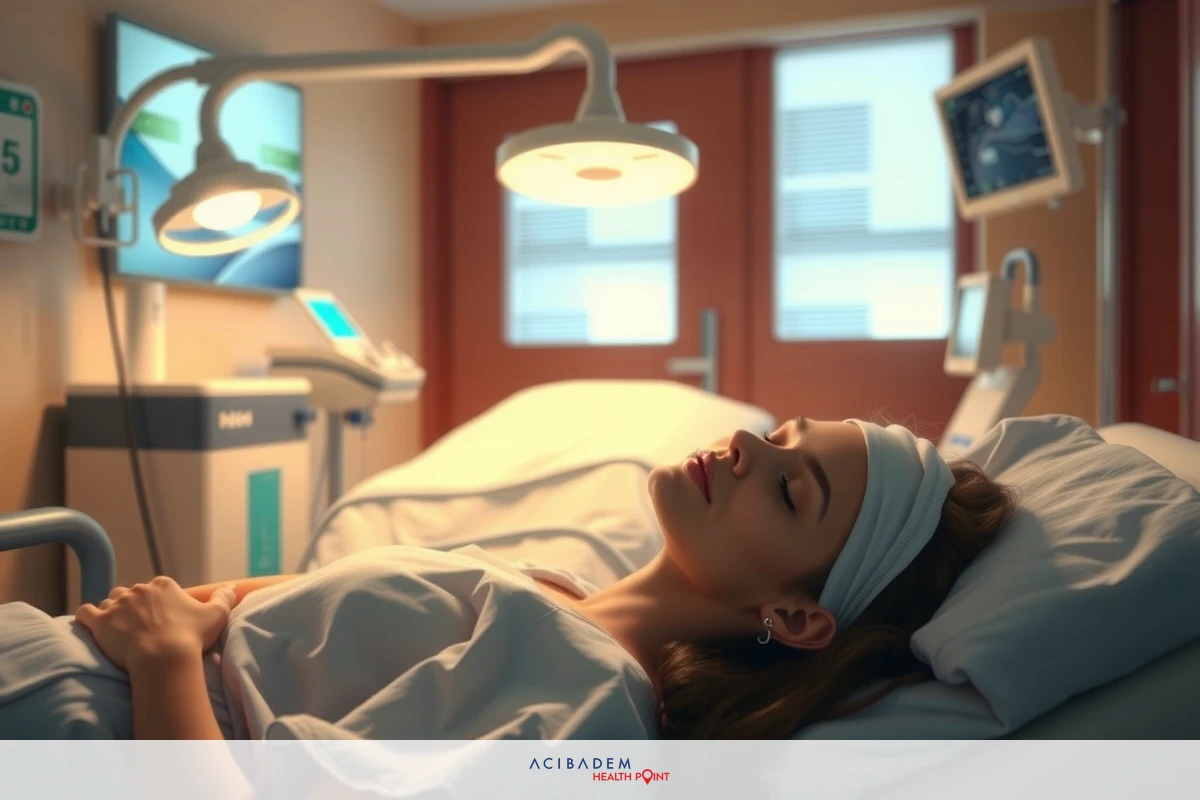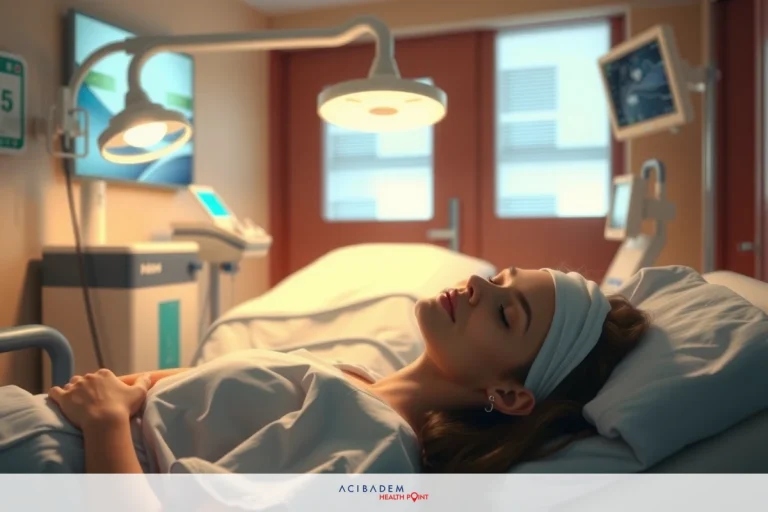How Long to Wear Splint After Rhinoplasty
How Long to Wear Splint After Rhinoplasty Rhinoplasty, often involves the use of a splint in the post-operative phase. This essential tool aids in maintaining the new shape of your nose during recovery and minimizes potential complications. The length of time one must wear this protective device varies based on several factors.
Proper care for your nasal splint can significantly impact its effectiveness and your comfort during the healing process. It’s imperative that patients adhere strictly to their doctor’s instructions regarding post-surgery care, including how long to wear their splints. This ensures optimal results from surgery and helps with smoother recovery.
Why a splint is used after rhinoplasty could shed some light on its importance in successful surgical outcomes. Equally crucial is knowing how long you’ll be required to don this important piece: information that we aim to provide clarity on through these paragraphs.
Why is a Splint Used After Rhinoplasty?
In the realm of rhinoplasty, the use of a nasal splint in post-operative care is an integral part of recovery. It’s not just about aesthetic preservation; it serves functional purposes as well. A rhinoplasty reshapes the nose, and during this process, delicate tissues are manipulated and bones might be fractured or realigned. The splint acts like a protective barrier that safeguards these vulnerable areas from accidental bumps or pressure that could compromise surgical outcomes.
The benefits of wearing a splint after rhinoplasty extend to swelling control too. Post surgical swelling is common after such procedures due to tissue disturbance during surgery. By applying gentle but constant pressure on the nose, splints help reduce inflammation more rapidly than if left unattended. This lessens discomfort and accelerates visible results from your procedure.
By maintaining optimal positioning for healing structures within your nose, splints further contribute to successful recovery following rhinoplasty surgery. They ensure newly shaped nasal bones stay put while they heal in their new alignmentessential for achieving desired results in terms of appearance and function alike. Why you need to wear a splint after surgery isn’t just beneficialit’s crucial to embracing postoperative care with confidence.
Duration of Splint Wear
The duration of splint wear after rhinoplasty is an aspect that patients often have questions about. As a general rule, you can expect to keep your nasal splint on for about one to two weeks post-operative. This timeframe isn’t set in stone and varies depending on several factors related to the individual patient and their specific surgery.
Factors influencing the length of time you may need to wear your nasal splint include the extent of surgical changes made during rhinoplasty, your body’s unique healing speed, as well as how meticulously you follow post-operative care instructions. For example, a simple procedure aiming at refining the nose tip might require less time with a splint than more extensive surgeries involving bone fracture or realignment.
Further complicating matters are variances in surgeon preferences based on their experience and philosophy. Some surgeons prefer keeping the structure supported longer for added security while others believe in shorter durations followed by careful monitoring. Its essential to discuss this with your doctor beforehand so you understand what to expect regarding recovery and particularly wearing the nasal splint.
Remember that patience plays an important role here: rushing through recovery could jeopardize results from your surgery. Therefore it becomes crucial not just knowing how long typically a patient wears a nasal splint following rhinoplasty but also acknowledging why such duration is necessary.

Caring for Your Splint
Proper care of your nasal splint during the recovery period following rhinoplasty is an essential aspect that aids in achieving optimal results. Not only does it ensure the longevity of the device, but it also minimizes discomfort and potential complications throughout your healing process.
Here are some tips on how to properly care for your splint after undergoing a rhinoplasty:
Avoid getting it wet: Exposure to water can weaken or damage the splint material. It’s advisable to avoid showering or washing your hair unless instructed otherwise by your surgeon.
Stay away from heat sources: Heat can cause distortion of the splint which could impair its function. Avoid direct sunlight or hot environments as much as possible.
Don’t touch or adjust it unnecessarily: Constant manipulation might displace the splint and negatively impact healing nasal structures.
Be careful while sleeping: Try to sleep with head elevated and be mindful not to bump or knock off the nose protector inadvertently during sleep. Follow doctors instructions regarding cleaning: If cleaning around or under the device is required, adhere strictly to guidelines provided by medical staff.
Remember, proper post-operative care including caring for your nasal splint is vital both for ensuring successful outcomes from rhinoplasty surgery and making recovery smoother.
Frequently Asked Questions
How soon after rhinoplasty can I remove my nasal splint?
The typical duration for wearing a nasal splint post-rhinoplasty is one to two weeks. This timeframe might vary depending on several factors such as the extent of surgical changes and your body's healing speed.
Can I shower with my nasal splint on?
It's generally recommended to avoid getting your nasal splint wet, which includes avoiding showers. If you need to clean yourself, consider sponge baths or carefully washing around the device without getting it wet.
What should I do if my nasal splint gets dislodged or damaged before time?
If your nasal splint gets dislodged or damaged before scheduled removal, get in touch with your surgeon immediately. They will advise whether it needs repositioning or replacement.
Is sleeping position important when wearing a nose protector after rhinoplasty?
Yes, try to sleep with your head elevated as much as possible while you're required to wear the nose protector. This helps reduce swelling and minimizes chances of accidentally bumping off the protective device during sleep.











